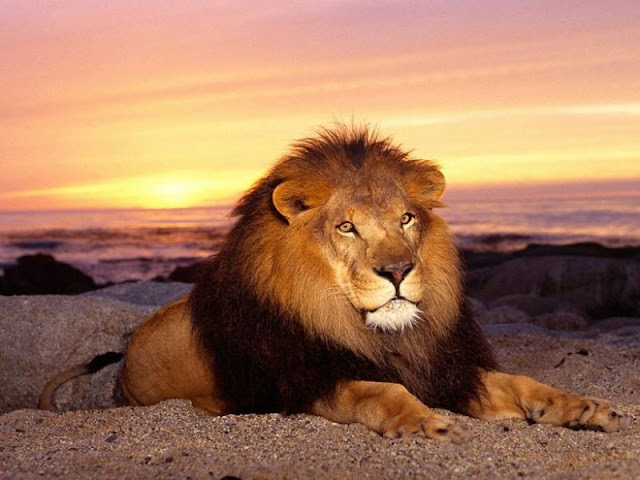Animal State | Whale | All cetaceans, including whales, dolphins and porpoises, are descendants of land-living mammals of the order Artiodactyla (hoofed, even). Whale cows nurse actively pressing the milk, so fat that she has the consistency of toothpaste into the mouths of their young. Whales are known to teach, learn, cooperate, plan, and even cry. Spindle neurons in whales are found in brain areas homologous to the place where they are in humans, suggesting that they play a functionUnlike like most animals, whales are conscious breathers. All mammals sleep, but whales can not afford to become unconscious for a long time because they can drown.
The lifetime varies among species of whales are not well characterized. Whale few elderly left to observe directly. Nowak RM Johns Hopkins University estimated that humpback whales can live as long as 77 years in 2007, a fragment of the 19th century poses was found in a bowhead whale in Alaska, suggesting that the individual could be between 115 and 130 years. aspartic acid racemization in the eye whale, combined with a fragment of a harpoon, indicated a 211 years of age to another male, which, if true, bowheads the lifetime longer existing mammalian species. Some species like the humpback whale, to communicate with melodic sounds, called whale songs. Sperm whales have only been heard making clicks while using echolocation toothed whales (Odontoceti), which can generate about 20,000 watts of sound (73 dBm or 43 dBW) and be heard for miles. Vocalizing whales is likely to serve several purposes, including echolocation, reproduction and identification. Whales are often classified as predators, but their food ranges from microscopic plankton to large animals.
Toothed whales eat fish and squid that hunt by the use of echolocation. Orcas sometimes eat other marine mammals, including whales. Whales such as humpbacks and blues, when feeding at high latitudes (such as the Southern Ocean), feed primarily on krill. The whales do not drink seawater, but indirectly, draw water from their food by metabolizing fat A study in 2010 attributed to whales, a positive influence on the productivity of ocean fisheries, which was called "pump whale." Whales transport nutrients such as nitrogen from the bottom to the surface. Some species of great whales are listed as threatened by multinational organizations such as CITES with governments and advocacy groups, mainly due to the impacts of whaling. They were hunted commercially for whale oil, meat, fins and ambergris (a perfume ingredient intestines of the sperm whale) from the 17th century. At its peak in 1846, the American whaling industry employed over 70,000 people and 736 ships.
The International Whaling Commission banned commercial whaling in 1986. The prohibition is not absolute, however, and some whaling continues under the auspices of scientific research (sometimes not shown) or indigenous rights, the current whaling nations are Norway, Iceland and Japan and the indigenous communities of Siberia, Alaska and northern Canada. Modifying equipment and deployment, and eco-labeling (dolphin-safe tuna brands or environmental dolphin), contributed to a reduction in mortality of dolphins by tuna. Environmentalists say advanced sonar naval endangers some cetaceans, including whales. In 2003, British and Spanish scientists in Nature suggests that the effects of whale strandings and the sonar signals that trigger these whales had decompression sickness.
Mass strandings occur in many species, especially beak whales that use echolocation to deep diving. The frequency and size of grounding worldwide, recorded during the last 1000 years on religious tracts and more recently scientific observations were used to estimate the population of several species of whales, assuming that the proportion of the total whale the beach in one year is constant. Beached whales may provide new clues about the conditions of the population, specific health problems. Attempts in the UK Whale and Dolphin Conservation Society for a public inquiry into the possible dangers equivalent of the Royal Navy (sonar "2087", launched in December 2004) failed in 2008.
The novel and the film Whale Rider accompany the trials of a young girl named Paikia, who lives in a culture. The whale is in the creation myths of the Inuit. In the Icelandic tale a man threw a stone at a fin and hit the opening, causing the whale to explode. Some cultures associate the deity with the whales, such as Ghana and the Vietnamese, who occasionally funerals for beached whales, a return to the old Vietnam sea-based Austro-Asian culture. The whale is a creature revered Vietnamese fishermen. If you find a dead whale beached, one is responsible to perform a funeral for the "Lord" as his own father. The story of Jonah swallowed by a whale is also indicated in the Qur'an.
Find The Animal State












































